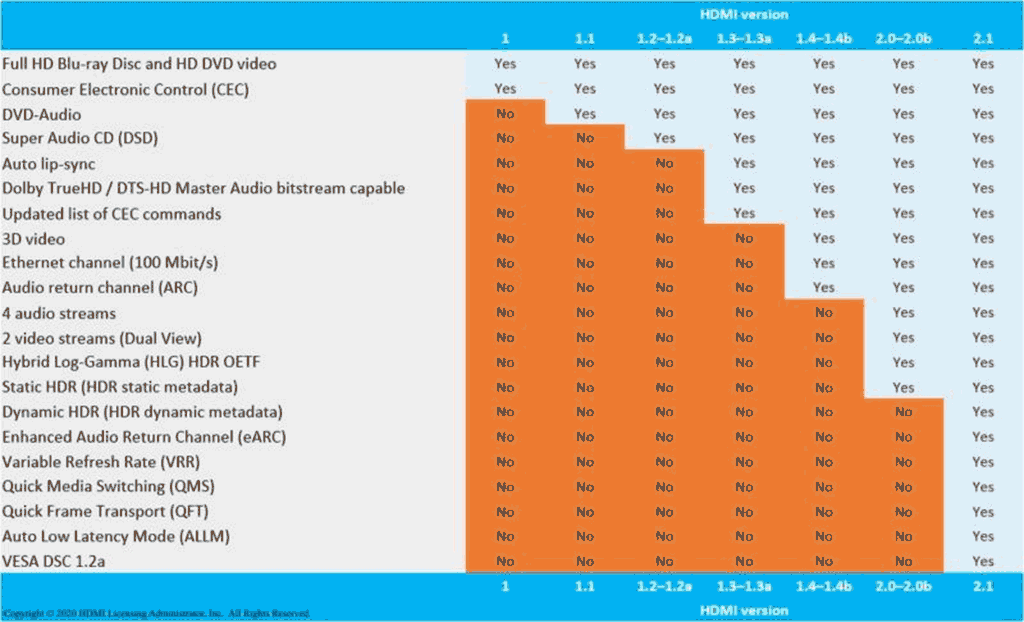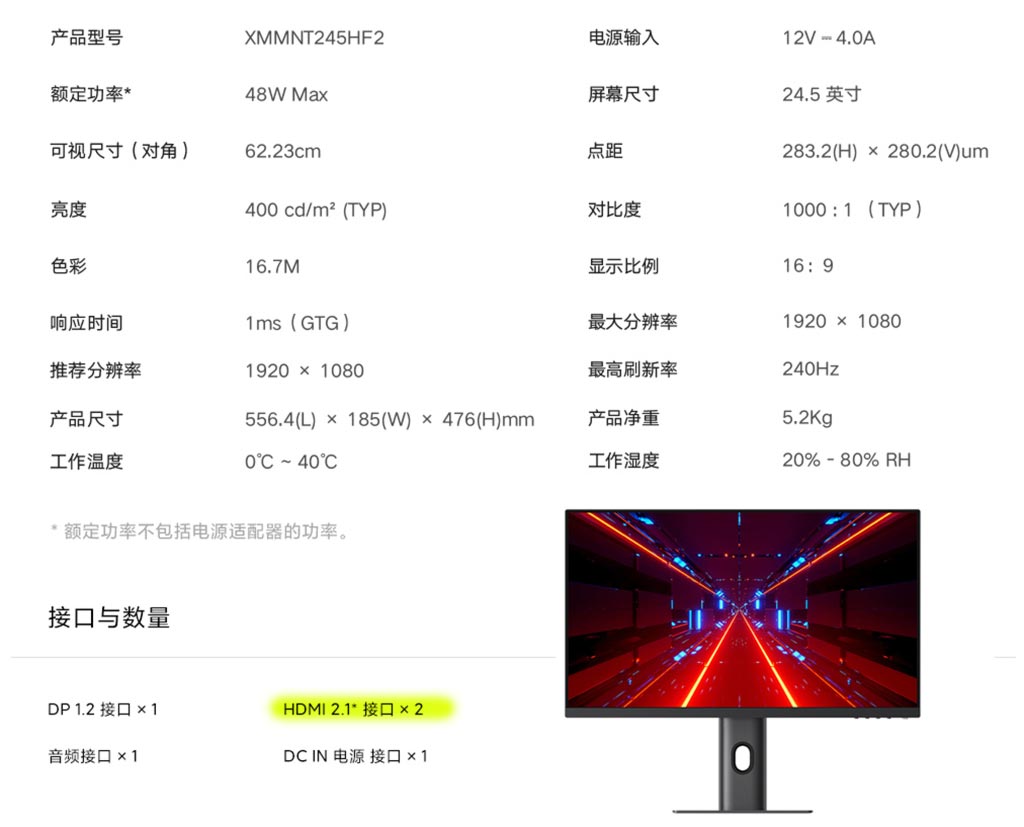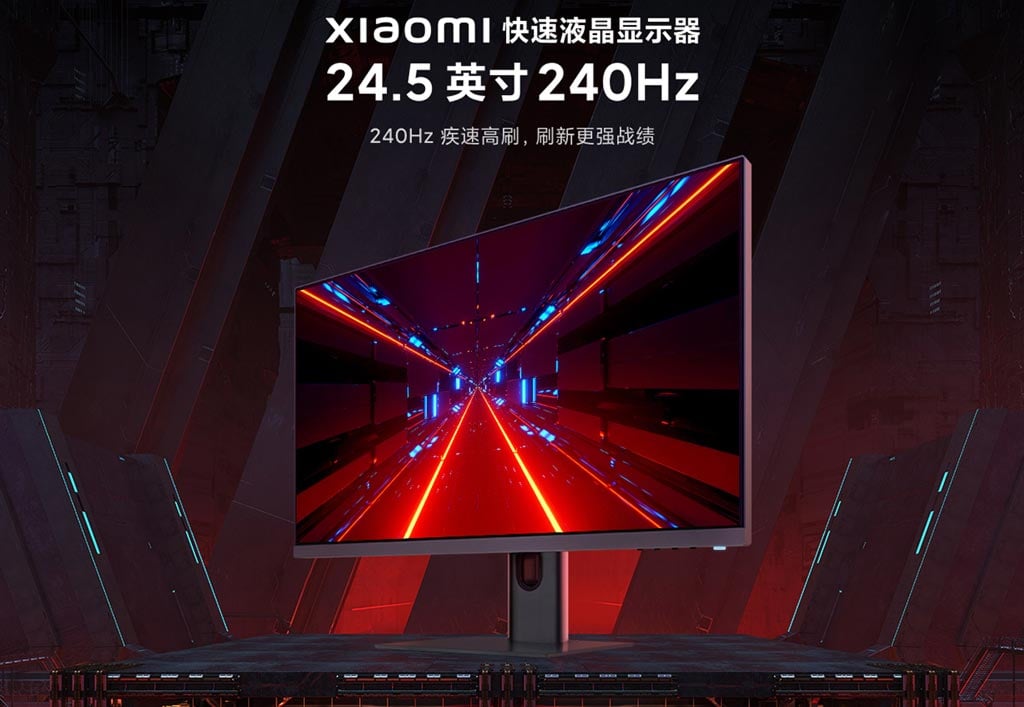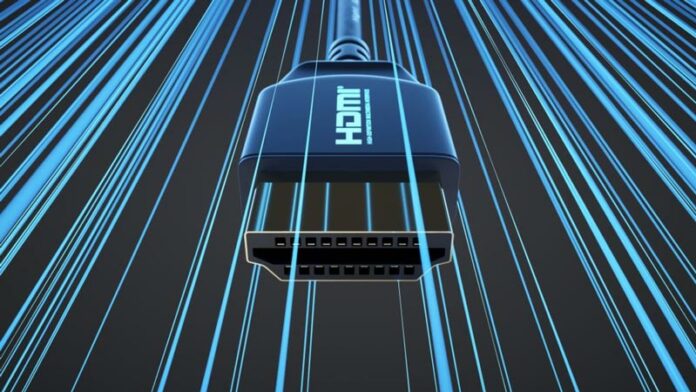Specifications standards are usually a good thing for the industry and consumers, and that’s probably why we have so many of them. Some personal technology specification standards organisations occasionally spark consumer ire, which is often down to convoluted or unfriendly naming schemes (think about recent SD Card Association, or about the USB Implementers Forum nomenclatures). However, the High-Definition Multimedia Interface Licensing Organisation appears to have grievously messed up with its recent decision to retire the HDMI 2.0 spec and make it a subset of the new HDMI 2.1 spec.

Looking for or buying a shiny, new HDMI 2.1 device you might expect to get the improved/enhanced features as represented by the table above, published previously by the HDMI org. Key welcome trumpeted new features of HDMI 2.1 included; improved bandwidth for higher resolutions at faster refresh rates (up to 4K/120fps support at 10-bit colour, uncompressed), FRL (Fixed Rate Link) signalling, Variable Refresh Rate (VRR), and Auto Low Latency Mode (ALLM).
TFT Central recently spotted a Xiaomi gaming monitor that said it offered twin HDMI 2.1 port connectivity. Some specs got reporter Simon Baker’s spider senses tingling, and digging deeper things didn’t seem to line up with HDMI 2.1 spec expectations. Was Xiaomi in error? No, now that HDMI 2.0 certification activity has been retired this is indeed an HDMI 2.1 monitor that simply supports a sub-set of the full spec…

Xiaomi’s product page offers some smallprint which casts light on the recent licensing change. “Due to the subdivision of HDMI certification standards, HDMI 2.1 is divided into TMDS (the bandwidth is equivalent to the original HDMI 2.0 and FRL protocols),” says the machine-translated Chinese blurb. “The HDMI 2.1 interface of this product supports the TMDS protocol, the maximum supported resolution is 1920×1080, and the maximum refresh rate is 240Hz.”
TFT Central hadn’t seen this kind of HDMI 2.0/2.1 confusion in a product release previously so sought clarification from the HDMI org. It received the following explanation of the situation:
- HDMI 2.0 no longer exists, and devices should not claim compliance to v2.0 as it is not referenced any more
- The features of HDMI 2.0 are now a sub-set of 2.1
- All the new capabilities and features associated with HDMI 2.1 are optional (this includes FRL, the higher bandwidths, VRR, ALLM and everything else)
- If a device claims compliance to 2.1 then they need to also state which features the device supports so there is “no confusion”
Is the HDMI 2.1 sticker meaningless?
In summary, an HDMI 2.1 sticker on a new product you are looking at has become quite meaningless with regard to any enhanced specs that we saw tabulated previously – the advances of HDMI 2.1. TFT Central’s reporter puts it this way – “The ports have absolutely no new capabilities beyond 2.0, yet they are being advertised to consumers as 2.1 which in my opinion is misleading.” Moreover, the potential for confusion rises with monitors that claim support for 4K 120Hz over HDMI, which would have to use 8-bit colour and 4:2:0 chroma sub-sampling to fit in the old HDMI 2.0 available bandwidth.

All we can say for now is that buyers should be aware that there are going to be HDMI 2.1-labelled devices proliferating in the market shortly, with none of the attractive new specs that were flagged up when HDMI 2.1 was first revealed. So, buyer beware, check the small print carefully, and of course check third-party reviews where possible.

